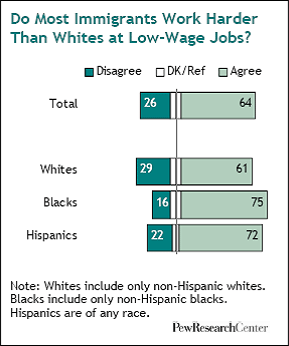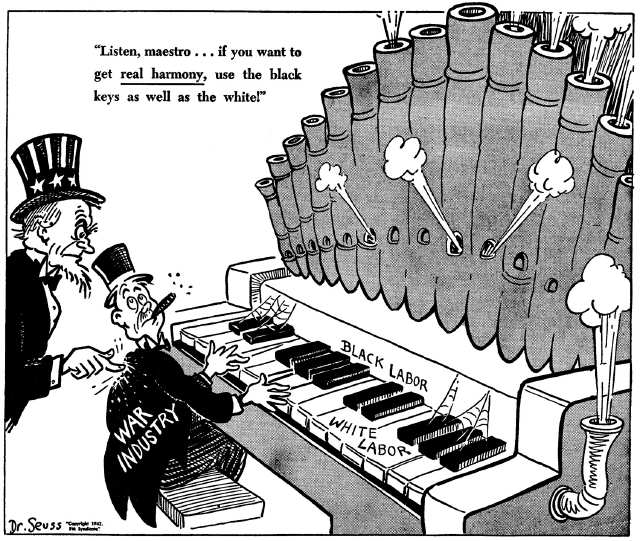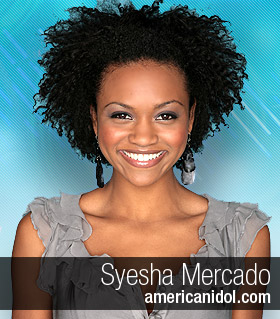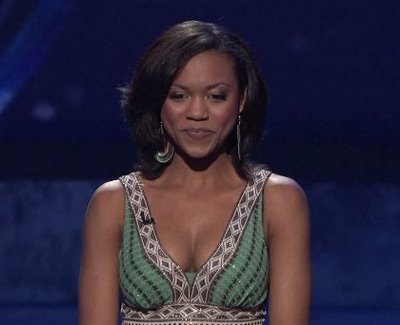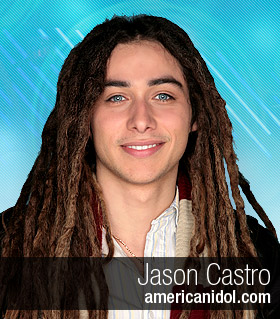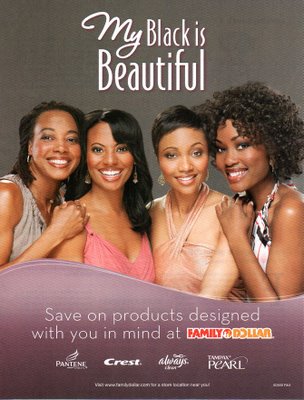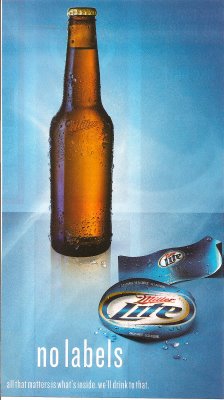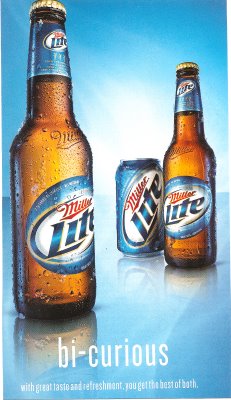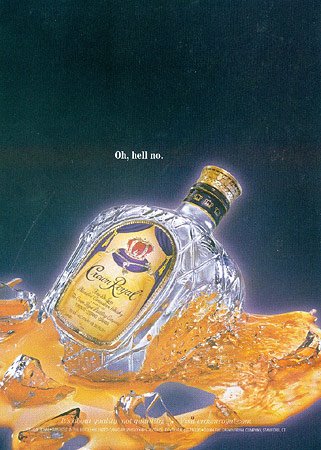This ad, playing on white resentment about affirmative action, ran during the 1990 North Carolina Senate race between Harvey Gantt and Jesse Helms:
Before the ad ran (during the last week of the campaign), Gantt was ahead in the polls. The ad is widely believed to be the reason Helms won.
Might be good to pair with the infamous Willy Horton ad from the 1988 Presidential campaign in a discussion of how images of minorities have been used to frighten white voters.

